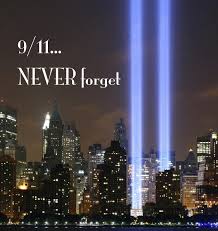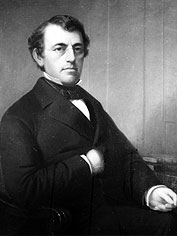
Yesterday I gave a presentation at the Fall Conference of the New Mexico Council of Social Studies. The theme of the conference was The Civil War in New Mexico, and my talk was on how to help students with limited English or low reading skills understand what they were reading about.
I began my talk with a story about something that had happened in my class a couple of weeks ago. One of my students had brought in some money and wanted to buy my Civil War novel, The Bent Reed. When I signed a copy for her and set it on her desk, the student sitting next to her looked over at it.
"What's this?" he asked.
"It's a book," I said, stating the obvious. He studied the bookcover a little longer, then pointed to my name.
"Did you write it?" he asked. When I told him yes, he looked at the cover some more before asking what the book was about. I told him the Civil War and his gaze shot up to my face.
"Were you there?" he asked with a surprised gasp.
So I have an admission for any of my fans that I've led astray; I was not an eyewitness at the Battle of Gettysburg. I am not, like I claimed yesterday, a two hundred year old Social Studies teacher.
But even though I wasn't there, I do have a Civil War connection.
The man in the picture is not it. He is Ken Dusenberry, a Corporal in the Artillery Company of New Mexico and a very interesting man to talk with. Ken knows a lot about the life and times of the Civil War soldier and can tell you more about ammunition and "grub" than just about anyone alive. But much as he would like to have been around at the time of the Civil War, he was not.
I began my talk with a story about something that had happened in my class a couple of weeks ago. One of my students had brought in some money and wanted to buy my Civil War novel, The Bent Reed. When I signed a copy for her and set it on her desk, the student sitting next to her looked over at it.
"What's this?" he asked.
"It's a book," I said, stating the obvious. He studied the bookcover a little longer, then pointed to my name.
"Did you write it?" he asked. When I told him yes, he looked at the cover some more before asking what the book was about. I told him the Civil War and his gaze shot up to my face.
"Were you there?" he asked with a surprised gasp.
So I have an admission for any of my fans that I've led astray; I was not an eyewitness at the Battle of Gettysburg. I am not, like I claimed yesterday, a two hundred year old Social Studies teacher.
But even though I wasn't there, I do have a Civil War connection.
The man in the picture is not it. He is Ken Dusenberry, a Corporal in the Artillery Company of New Mexico and a very interesting man to talk with. Ken knows a lot about the life and times of the Civil War soldier and can tell you more about ammunition and "grub" than just about anyone alive. But much as he would like to have been around at the time of the Civil War, he was not.

My Civil War connection is my great grandfather, Selwin Clark Linnell. Born on May 6, 1848 in Rockford, Illinois, Selwin enlisted as a private in Company K of the 132nd Illinois Volunteer Infantry one month before his 16th birthday. According to the geneology site on which I found this information, he served for 100 days in the campaign of General Sherman, and then was honorably discharged. I have a framed copy of his discharge papers hanging in my house. The family lore has always been that he was a drummer boy, which is very possible considering his age. This picture is obviously from many years later, and it's not the best picture I've seen of him. He must have been a strong and healthy man; he was 65 when my grandmother was born.
I know nothing more about Linnell's Civil War service, but I plan to do some research and find out if he might have seen some action during his hundred days. Who knows? That research just might lead to another story.
I know nothing more about Linnell's Civil War service, but I plan to do some research and find out if he might have seen some action during his hundred days. Who knows? That research just might lead to another story.







